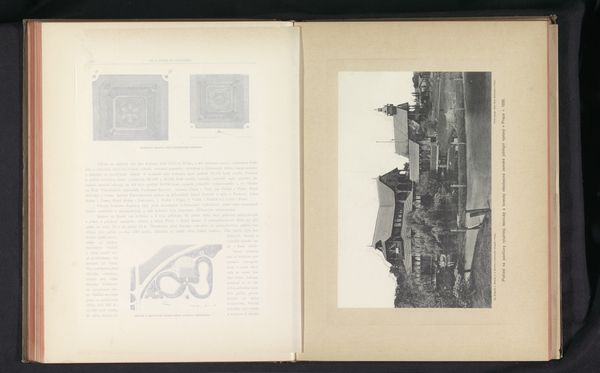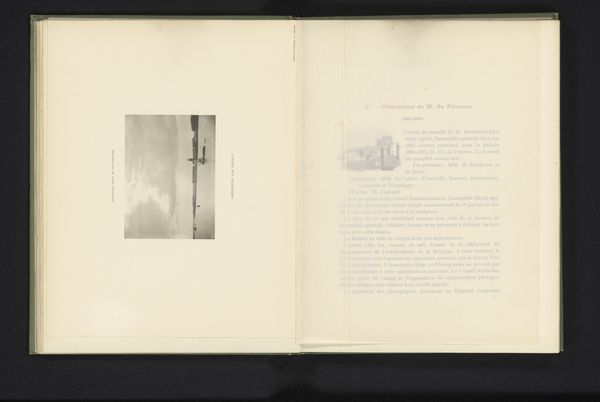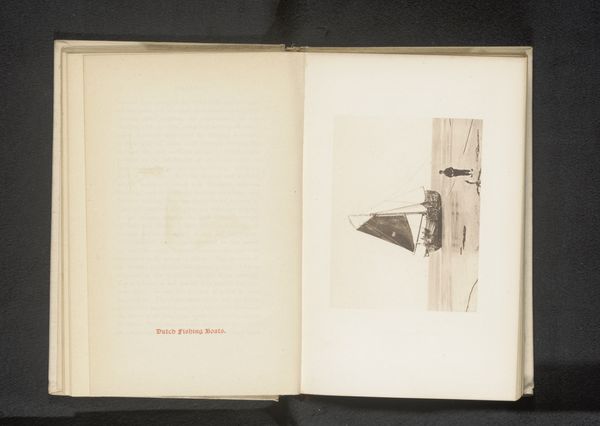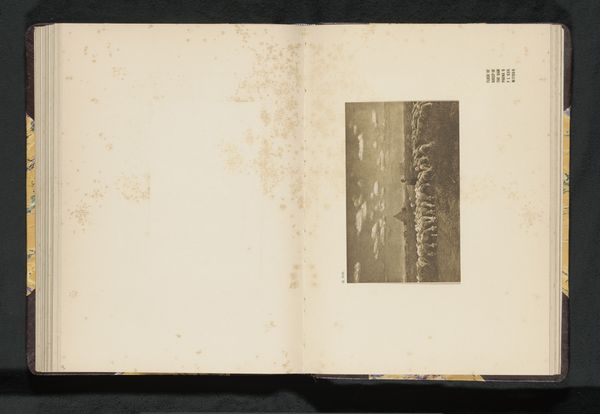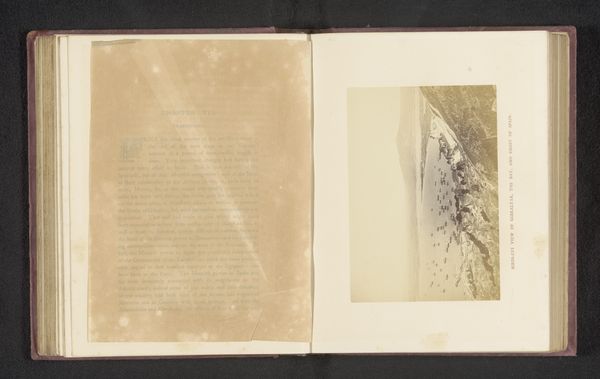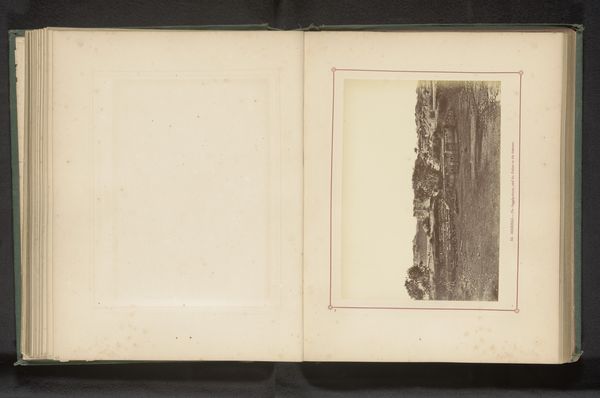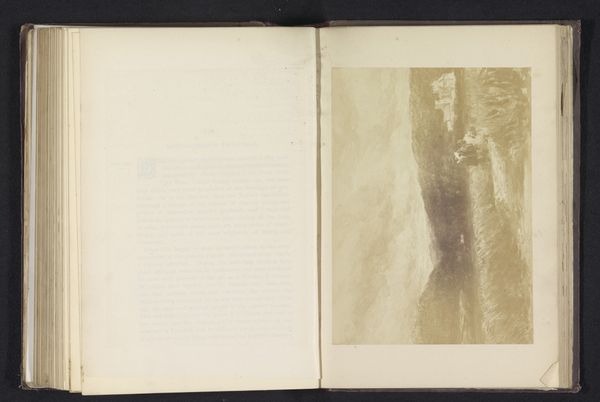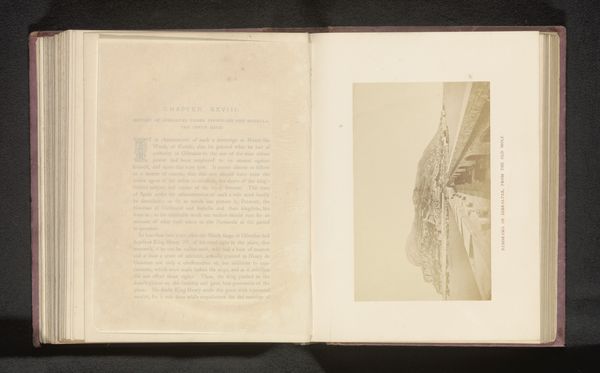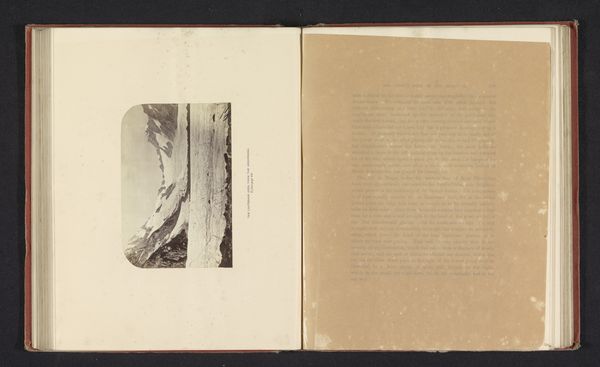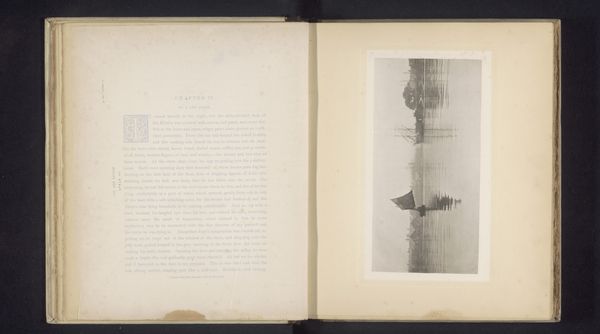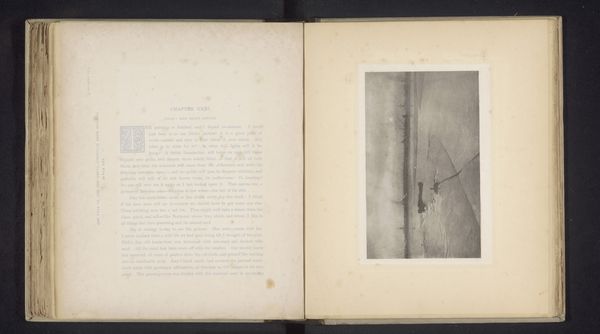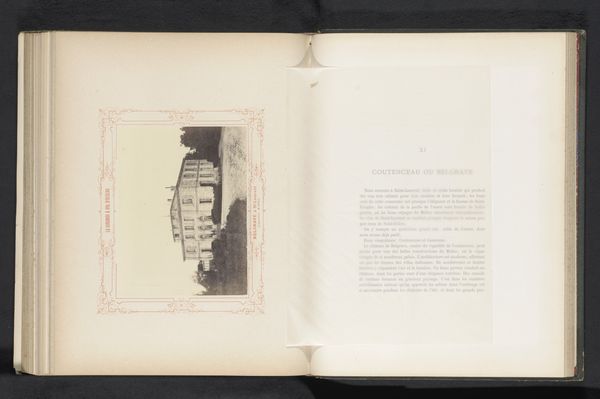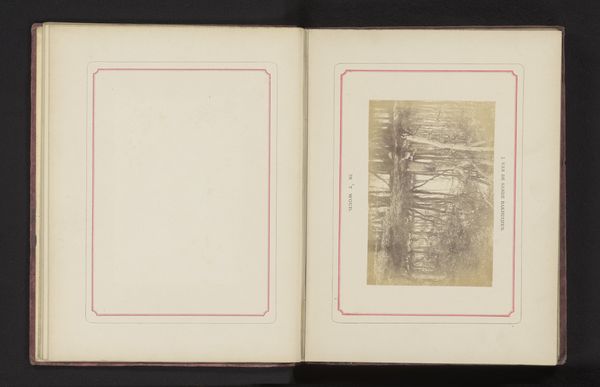
print, photography
# print
#
landscape
#
photography
Dimensions: height 119 mm, width 168 mm
Copyright: Rijks Museum: Open Domain
Curator: What we have here is a print from before 1898, titled "Landschap met schapenherders," translating to "Landscape with Shepherds," attributed to Abbé Motus. It’s fascinating as it uses photography within the printing process. Editor: My first impression is quiet desolation, and a muted tonality which, despite being an image, evokes the subtle gradations one might expect in pencil or charcoal drawing. It almost feels like looking at a ghost of a memory, bleached by the sun and time. Curator: Indeed, the process here would've involved various photographic and printmaking techniques. The social context is important—pastoral scenes like this offered an idealised view of rural life that contrasted sharply with increasing urbanisation and industrialisation in Europe during the late 19th century. How the print was consumed—displayed in a book, for example—also shifts its purpose beyond a mere reproduction. Editor: Absolutely. And structurally, the artist has composed a very interesting image: two figures occupy the lower portion, giving scale to the misty, somewhat undefined background where we perceive grazing animals. The very restricted grayscale pulls everything together into a unified whole. Semiotically, the figures signal the traditional labour class contrasted with an unspoiled idyll. Curator: Precisely, there is a relationship between labour and land deeply entrenched in the social understanding of this era. It raises important questions of authorship, craft versus fine art, considering it is a print from photography; not an exclusive original photographic image, it becomes part of a network of reproduced images influencing taste and perhaps creating social narratives. Editor: I see it similarly. Focusing strictly on form and visual rhetoric, it makes a clear case for photography to be seen as an art in its own right. The way the tonality creates atmosphere makes the scene much more impactful than if the full photographic resolution had been used, creating its melancholic affect. Curator: Thinking about how the prints like this circulated through various publications and portfolios indicates something profound about that late 19th-century society; for an elite viewership the subject evokes nostalgia about labour, industrial change and notions of timeless landscape... Editor: An echo of the romantic period! Well, it’s been lovely to really explore how a simple, quiet scene embodies such a depth of societal, theoretical, and, yes, technical understanding. Curator: Exactly, finding the threads of labour, medium and message; helps create our narrative through a unique process!
Comments
No comments
Be the first to comment and join the conversation on the ultimate creative platform.
